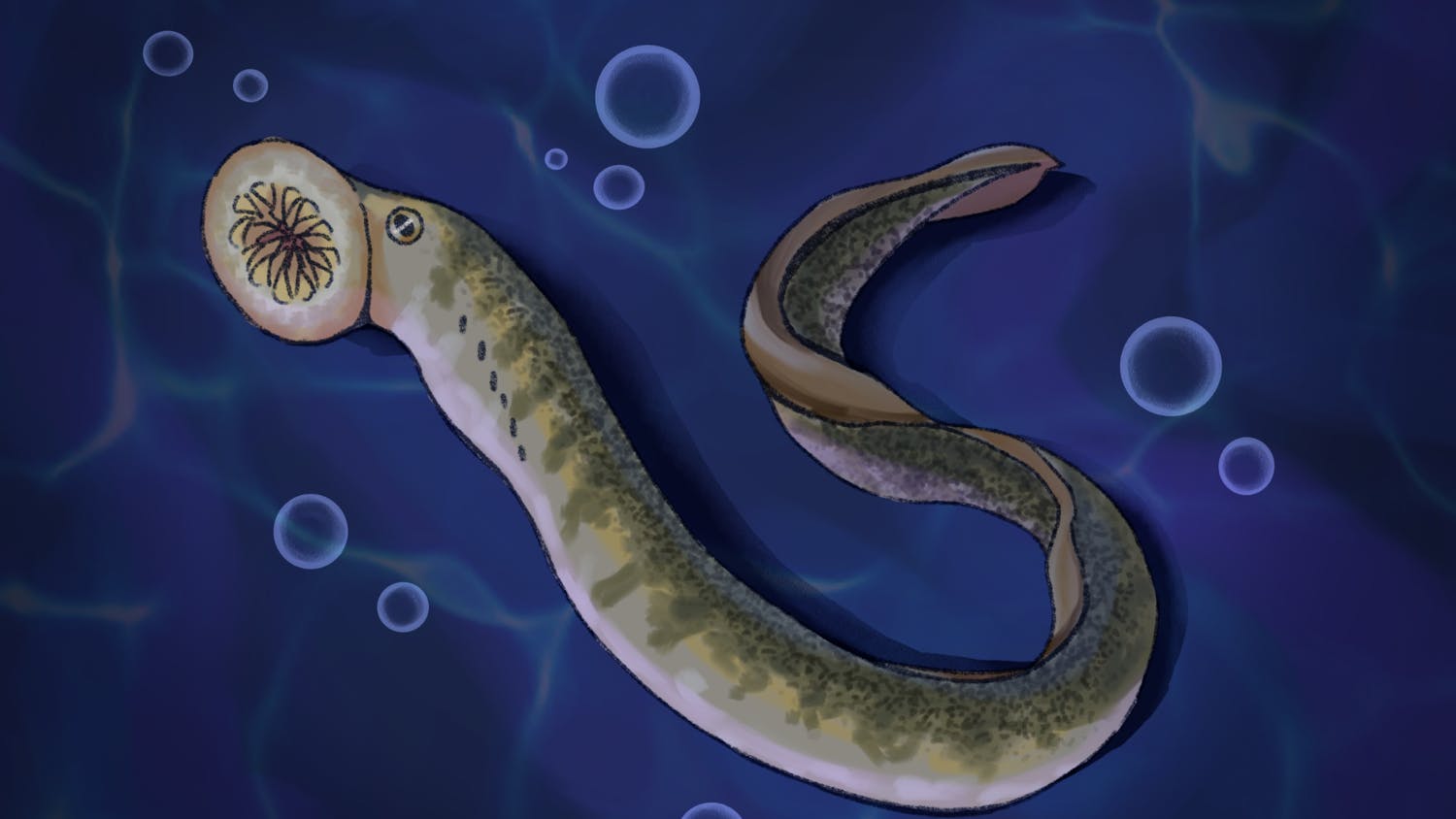The University of Wisconsin-Madison Arboretum has provided a natural home, full of rich resources and desirable terrain for the rusty-patched bumblebee, that was discovered at the Arboretum in 2010 and is now proposed for the Endangered Species List by the U.S. Fish and Wildlife Service.
The U.S. Fish and Wildlife Service has been focusing their resources at the Arboretum to study the rusty-patched bumblebee, which has become a rarity in places it was once abundant.
“We didn’t know the rusty-patched bumblebee was here, originally,” Susan Carpenter, the native plant gardener at the UW-Madison Arboretum, said.
A “bee expert” from California brought the Arboretum’s attention to the rusty-patched bumblebee presence in the Arboretum in 2010, Carpenter said. That is when the Arboretum started to monitor the bee species.
“That was really when we started looking for [the rusty-patched bumblebee]. We started taking pictures of them, and having volunteers trained and taking pictures. We didn’t want to just look for one bumblebee, so we started taking pictures of all the bumblebees we have here at the Arboretum,” said Carpenter.
The monitoring project showed the Arboretum that there were 12 kinds of bumblebees confirmed on the property, according to Carpenter. She added that is about the number of bumblebees found in southern Wisconsin.
“If the characteristics are showing well enough, you can see what kind of bee it is,” Carpenter said, showing the different characteristics the bees are identified by in their monitoring photographs.
The Arboretum’s monitoring project encompasses photographing bees, fostering their habitat, helping them continue on after winter, despite their lack of knowledge on nesting habits and public outreach, which is a primary role of the Arboretum, Carpenter said.
According to Carpenter, the rusty-patched bumblebee’s decline has been accredited to four main factors: habitat loss, climate change and extreme weather, pathogens and parasites and pesticide and insecticide use.
The reason the Arboretum seems to have kept the bumblebee is simply due to the Arboretum’s mission of maintaining a natural and native environment. The Arboretum does not use pesticides or insecticides that could harm the bee population. They maintain habitats suitable for not only the rusty-patched, but all bumblebees. They maintain native flower gardens, a perfect food source for bees, as well as native prairies, that provide suitable landscapes for bumblebees.
Bees are a vital part of the ecosystem, pollinating crops like tomatoes, cranberries and apples. As their population dwindles, conservation efforts rise. Anyone interested in helping to protect bee species should visit the Xerces Society website (www.xerces.org), which shares conservation information about pollinators and explains what you can do at home to help.
For more information or how to volunteer with the pollinator monitoring project at the UW-Madison Arboretum, contact Susan Carpenter at susan.carpenter@wisc.edu or email info@arboretum.wisc.edu.






